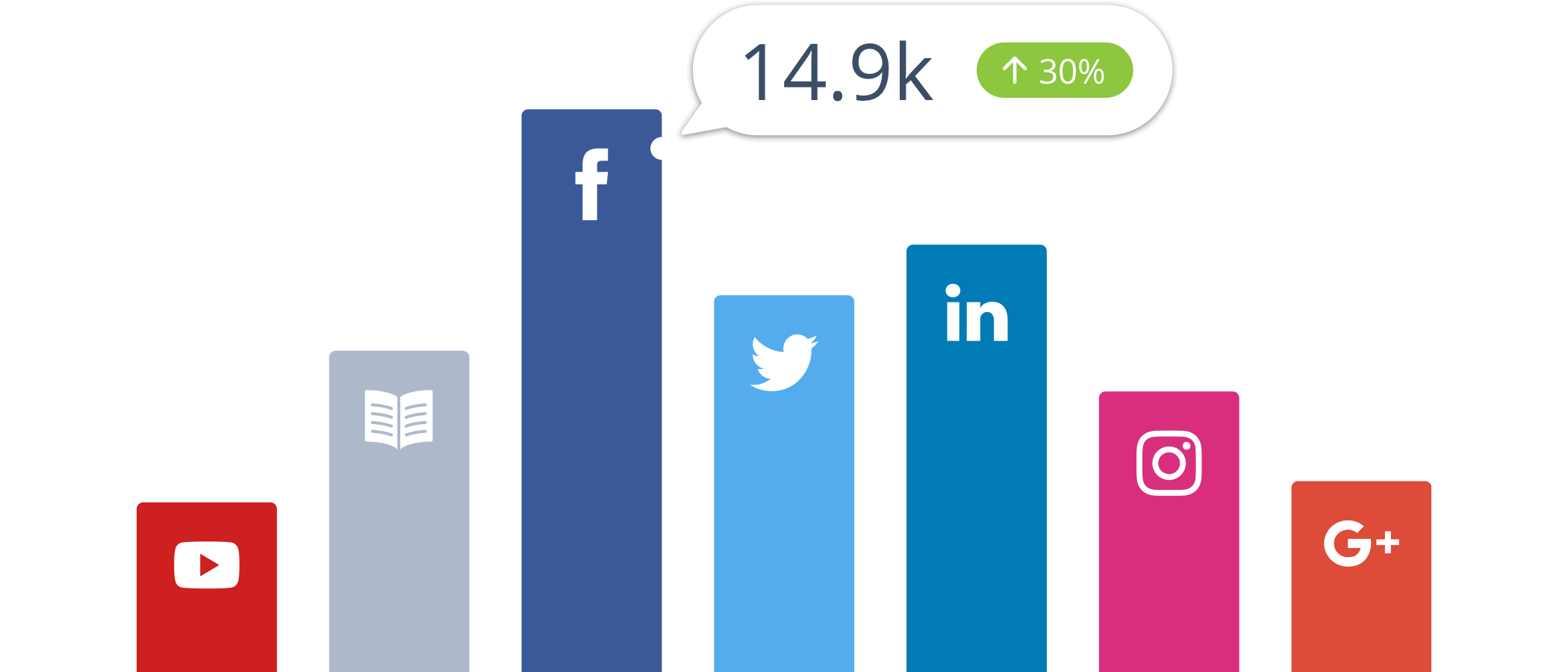 Back to all articles
Back to all articles
Blogs
The Ultimate Guide for Target Audience Analysis


Do you know why movies or music has genres? Or why there are certain kinds of cars like SUVs or hatchbacks that are designed specifically for certain consumers?
We got three words for you. Target Audience Analysis.
Anyone who’s looking to sell a product must undergo the process of target audience analysis. The simple reason behind this process is, that you should know who will buy your product. If you don’t know that, then it’s like shooting arrows in the dark. You’re just going to miss your target no matter how good your aim is!
What is Target Audience Analysis?
Target Audience Analysis can be defined as a marketing procedure that identifies key metrics such as demographics, language, socio-economic status, interests and gender based identities. This broad definition in simple marketing terms can be defined as all the features that make up a specific buyer base or audience. Target audience analysis hence is vital for any marketing brand who is trying to reach out to the customers that are actually interested in a product.

Target Audience Analysis in the context of Online Marketing:
Target Audience Analysis takes an interesting turn when it’s talked in the context of online marketing. Online marketing has made the job of analysts quite easy, however this doesn’t mean that it’s a piece of cake. In fact, ever since the inception of social media, the emphasis on data collection and analysis has increased tremendously. This is because of the fact that an online campaign’s success for a majority is entirely dependent on target audience analysis. Without identifying key metrics, the chances of failure increase significantly.
Before we dig further into how to conduct Target Audience Analysis, let’s just focus a bit on what we can achieve with it:
Cost-Effective Content Marketing:
Content marketing without any direction can make your life a living hell and not just in terms of the time required but also your assets. If you market seeing everyone as a potential customer, then your content strategy will be too expensive. Imagine for a moment that you’re targeting everyone this implies you’ll be creating content without any direction. This is one of those things where many new businesses fail to realize that you must be absolutely crystal clear of whom you’re targeting.

Develop Relationships:
Once you have identified your target audience then you’ll obviously create content that’s more beneficial for your target audience. Hence, if you’re creating content that’s appealing and actually helps your potential customers then you’ve got yourself a lifelong relationship.

This is how you can be Competitive:
Once you have narrowed down your customer audience and redefined your niche, then you have a competitive edge over your customers. This is how you create leverage and reach out to your potential customers.
Conversion Rates:
The best thing about a narrowed-down audience is that you actually have visitors that have a high conversion rate.

Let’s get started on the process of Target Audience Analysis:
1- Self Analysis:
When you’re about to sell a product or a service it is absolutely essential that you ask yourself some questions. These questions will further help you decide on how to proceed with real life cases. Here’s a short brainstorming activity you can do on your own:
Why this product or service?
A basic question yet an important one. Why did you select a product or service to sell or market? What’s the reason behind it? Is it related to your passion or do you have some in-context reasoning for the selection of the product?
Do you have any Competitors?
Make a quick Google search for the product you plan on selling. You should be able to find a number of competitors. List them all down in a spreadsheet for further research in the future.
What makes you different from your Competitors?
Are you different or the same? Even if you’re not bringing anything new on the table don’t get disheartened. Maybe you can implement a different marketing strategy perhaps. However, in defining your brand’s ideals one must offer something unique that can catch the eye of a potential customer.
Where does your Product Lack?
Try to identify the areas where your key product lacks. Don’t be so sure that your product is perfect, there can always be holes.
Once you have asked yourself the above questions, you might be near in narrowing down your audience a little bit. This is where demographics come into play and how you can further narrow down your target audience:
2- Demographics:

The major demographics that will be directly relevant to your product are the following:
Age:
usually, product usage between age groups vary a lot. However, there are some products that are used in all age groups.
Gender:
Gender-centric products are a real thing. Targeting male or female audiences is easy to distinguish but again an important demographic.
Location:
Of course, location matters as you need to decide where you’ll market your product.
Income Distribution:
Is your product a luxury one or an essential product? When studying this make sure to look at income disparities among the location where you intend to target.
Other Factors:
Other factors that might influence your product buying behavior can include race, occupation, legal status, education and even religion. These demographic metrics are normally insignificant but in certain products can make or break the sales.
How do we Measure these Important Demographics?
Measuring these demographics can be time consuming but it is worth it. Don’t forget, that target audience analysis in detail will provide you results that can totally change the way you market your products to begin with. Moving on, one of the most common ways of measuring demographics is through conducting surveys. Thanks to the internet, conducting surveys isn’t as hard as how it was back in the day. Survey Monkey is one great platform where you can design surveys to get relevant information. Might we add that they have some great survey templates as well.
Once you have designed a survey that includes questions regarding the key identified demographics, all you have to do is to use social media platforms to reach out to an audience. Social media is a good tool to reach out to an audience because of the fact that everyone these days is on it. Once you get some surveys filled up, you’ll have a basic structure of who likes your product!
Studying Digital Behavior:
All users of internet, whether on social media or not have a digital footprint and through this we can get insights into their digital behavior. What are websites a certain demographic audience is visiting the most? Are there any competitor’s websites that these users visit? If so, how you can attract these visitors to your website?
Certain tools are even designed to help you in identifying patterns of digital behavior. ClickTale is one tool that uses AI to figure out what your key demographic does on social media or the kind of websites they visit. This information can further be used to strengthen your case when it comes to marketing to right people.
Social Media Analytics:
Last but not the least, social media is our biggest weapon in target audience analysis. This is mainly due to two reasons, the first one being that most of our audience is on social media sites like Facebook & Pinterest. Their presence will generate activity and hence we can gain intelligence on how their behavior is and what their interests are. Secondly, social media sites provide great analytical tools through which we can get ideas regarding further narrowing down our audience.

Make a List of Popular Pages in your Niche:
A central part in target audience analysis is identifying your audience’s interests and people who they look up to. Through this you’ll be able to connect to a wider but specific audience. Explore all social media sites especially Facebook, Instagram & Pinterest. You will find pages, groups and pins that are solely dedicated to your cause or the product you’re selling. Compile a list for all these pages, as users who follow these accounts are your potential customer base.
Influencers are the Key in marketing effectively:
Whatever your niche is, there will be an influencer out there. Influencer marketing is quite popular these days; this is because of the fact that influencers have an audience that is narrowed down. Consider all this audience as your target audience as well. In the future when you’re about to run an ad campaign don’t forget to use influencer marketing! It makes your job way easier.
Conclusion:
It’s easy to ignore a detailed target audience analysis, however, the impact of thorough research might surprise you. The majority of companies that conduct market research and audience analysis are able to infiltrate markets effectively. The clock is ticking, it’s time you know who you’re trying to sell!
Don't hire us right away
talk to our experts first,
Share your challenges, & then decide if we're the right fit for you! Talk to Us
Partnerships & Recognition
Commitment to excellence






